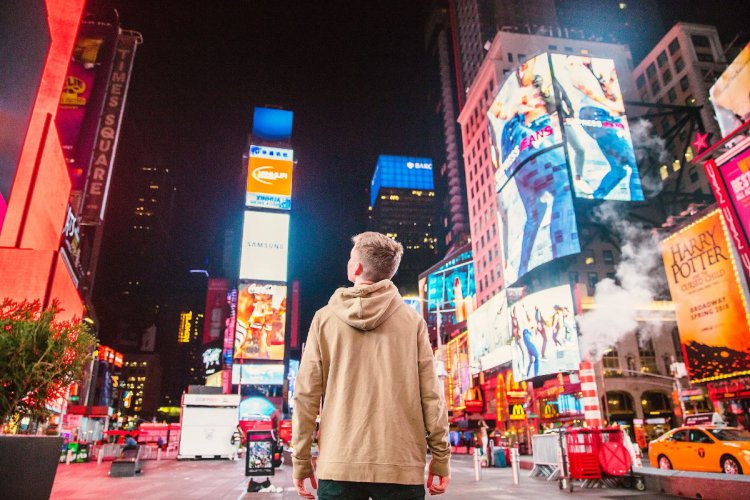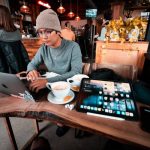Author, Moving Walls
And so, the inevitable has happened. Malaysia’s Prime Minister announced that the Movement Control Order (MCO) would be extended by an additional two weeks. India announced similar measures for 21-days. The Philippines declared a national emergency. About a quarter of the world’s population now lives under some form of lockdown.
It was meant to have been a stellar year for media spends with the likes of UEFA Euro 2020, Tokyo Olympics, and the IPL in India on the horizon. These have now been postponed and with people being asked to stay indoors, the main benefit of outdoor advertising that has been touted for ages – reaching mass audiences on the move – literally does not exist.
Challenges Ahead for Out-of-Home
Let’s not sugarcoat it. Out-of-home (OOH) media spends have been decimated. Campaigns have been cancelled. Campaigns being planned for are no longer being planned. Digital billboard owners have been forced to reduce hours or even switch off their sites to save on running costs.
For too long, OOH has been completely dependent on two main factors to attract spends – the location of the media asset and the type of traffic it attracts.
And why would you want to spend on measurement, dynamic delivery of ads, and automation when the location pretty much sells itself?
The current situation has taken the immediate ROI factor away from OOH. The lockdown restriction has already altered the movement of audiences, making it unpredictable. Here’s a simple analysis of audiences movement in four key locations in Malaysia right before and right after the Movement Control Order was announced.





Meanwhile, we also supported Adcity’s “Where’s Everyone” study, which looked at OOH audience movement trends in Singapore. The report identified some interesting trends including a rise in food-takeaway and grocery store visits, and a decline in visits to entertainment spots.

The suggestion was for marketers to consider shifting budgets to locations outside of CBD/town areas as audiences continue to move around outside, but are doing it closer to home.

Re-align, and Opportunities Await
When these restrictions on movement are lifted, brands will need to get down to business and quickly start executing strategies to bounce back post COVID19. During this period, consumers may still avoid going out too often, consciously or unconsciously spending more time at home or in environments considered safe.
Brands which will benefit the most are those which re-adjust, innovate and move to where the eyeballs are, faster than the others. Meanwhile, what of the site owners? What happens when historical traffic numbers and sampled brand recall studies go for a toss?
This crisis is the perfect opportunity for OOH to regroup – to reinvent itself as a vehicle to deliver audience views and in-market audiences reach. Location data left by audiences through a variety of platforms now exist for the industry to be able to move to a transparent measurement currency.
The Road to Recovery
The so-called Great Recession was characterised by a milling recovery as households and banks slowly got back on track. The coronavirus crunch, meanwhile, is expected to give way to a speedy rebound once the outbreak is brought under control.
As governments around the world scramble to contain the spread of the coronavirus, the situation in China may have “passed its worst,” as signs of life are starting to emerge from China with traffic starting to pick up and return to their pre-outbreak levels.

Whenever a crisis or uncertainty kicks in, marketing spends are quickly reeled in. It’s the unaccountable spends that are the first to go. Meanwhile, audience-driven spends continue to keep their place, especially for brands that can still activate purchases.
OOH can wait it out and hope for a better second half of 2020. The smarter option would be to start changing the way the medium is sold, adopt a measurement currency, and maybe start guaranteeing the potential audience impressions it delivers.
















